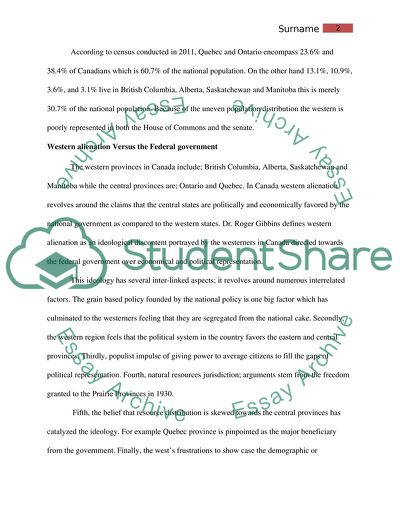Cite this document
(Political Ideology Spurred by the Western Provinces in Canada Report Example | Topics and Well Written Essays - 2750 words, n.d.)
Political Ideology Spurred by the Western Provinces in Canada Report Example | Topics and Well Written Essays - 2750 words. https://studentshare.org/politics/1807194-western-canadian-alienation-justified-content
Political Ideology Spurred by the Western Provinces in Canada Report Example | Topics and Well Written Essays - 2750 words. https://studentshare.org/politics/1807194-western-canadian-alienation-justified-content
(Political Ideology Spurred by the Western Provinces in Canada Report Example | Topics and Well Written Essays - 2750 Words)
Political Ideology Spurred by the Western Provinces in Canada Report Example | Topics and Well Written Essays - 2750 Words. https://studentshare.org/politics/1807194-western-canadian-alienation-justified-content.
Political Ideology Spurred by the Western Provinces in Canada Report Example | Topics and Well Written Essays - 2750 Words. https://studentshare.org/politics/1807194-western-canadian-alienation-justified-content.
“Political Ideology Spurred by the Western Provinces in Canada Report Example | Topics and Well Written Essays - 2750 Words”. https://studentshare.org/politics/1807194-western-canadian-alienation-justified-content.


